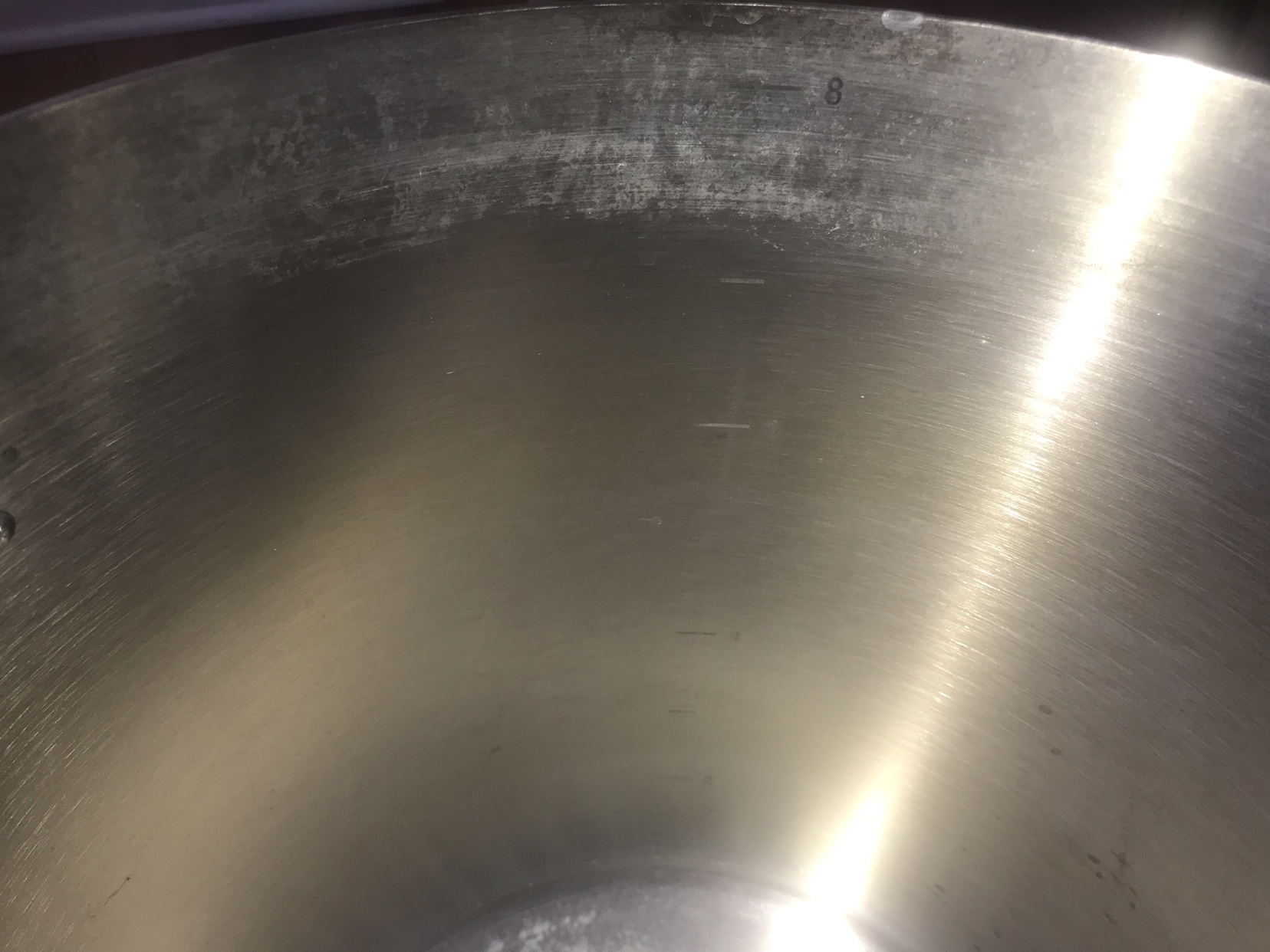elgatovolador
Well-Known Member
- Joined
- Jan 14, 2019
- Messages
- 61
- Reaction score
- 47
Been posting more than usual but I’m planning my brew day and it has my brain juices flowing.
I’m trying to get better at not transferring as much turb from my Boil kettle into the fermenter.
I do all grain, and my Boil kettle is a regular 10 gal kettle with nothing fancy like a ball valve or anything.
I recently built a wort chiller with a recirculating pump so it’s my first time using it.
Also first time trying to make a whirlpool to create a turb cone in the Boil kettle.
This is the new procedure I’m planning from wirfloc addition through racking in fermenter. Any tips would be greatly appreciated!
- place wort chiller in wort @ 15 min before flame out
- add wirlfloc @ 10 min before flame out
- flame out
- start circulating ice cold water in chiller
- monitor temp until pitching temp reached (let’s assume 20 min)
- take wort chiller out of wort
- stir and create a decent whirlpool
- wait 5 min? 10 min? For turb to settle.
- rack into fermenter from the edges of the Boil kettle without disturbing turb cone
Any tips or hints on the above would be appreciated!
I’m not sure if there is a rule of thumb of how much time you wait post Boil for wirfloc to do it’s thing, or if it doesn’t matter and wirfloc mainly does its thing in the fermenter.
Also is there a rule of thumb of how long you wait after creating a whirlpool to let the turb settle. I’m assuming it would take about 5-10 min but I’ve never done it...maybe I missed it when reading about it.
Cheers.
I’m trying to get better at not transferring as much turb from my Boil kettle into the fermenter.
I do all grain, and my Boil kettle is a regular 10 gal kettle with nothing fancy like a ball valve or anything.
I recently built a wort chiller with a recirculating pump so it’s my first time using it.
Also first time trying to make a whirlpool to create a turb cone in the Boil kettle.
This is the new procedure I’m planning from wirfloc addition through racking in fermenter. Any tips would be greatly appreciated!
- place wort chiller in wort @ 15 min before flame out
- add wirlfloc @ 10 min before flame out
- flame out
- start circulating ice cold water in chiller
- monitor temp until pitching temp reached (let’s assume 20 min)
- take wort chiller out of wort
- stir and create a decent whirlpool
- wait 5 min? 10 min? For turb to settle.
- rack into fermenter from the edges of the Boil kettle without disturbing turb cone
Any tips or hints on the above would be appreciated!
I’m not sure if there is a rule of thumb of how much time you wait post Boil for wirfloc to do it’s thing, or if it doesn’t matter and wirfloc mainly does its thing in the fermenter.
Also is there a rule of thumb of how long you wait after creating a whirlpool to let the turb settle. I’m assuming it would take about 5-10 min but I’ve never done it...maybe I missed it when reading about it.
Cheers.




